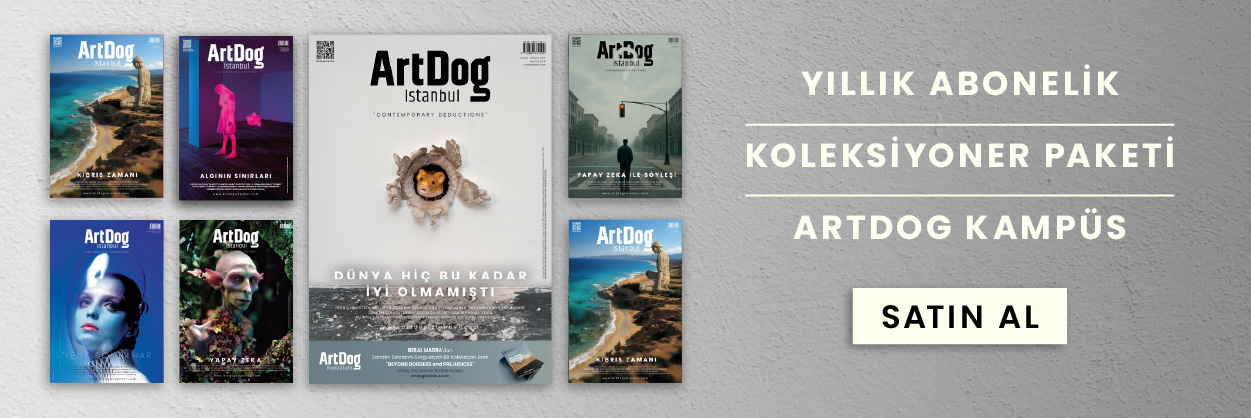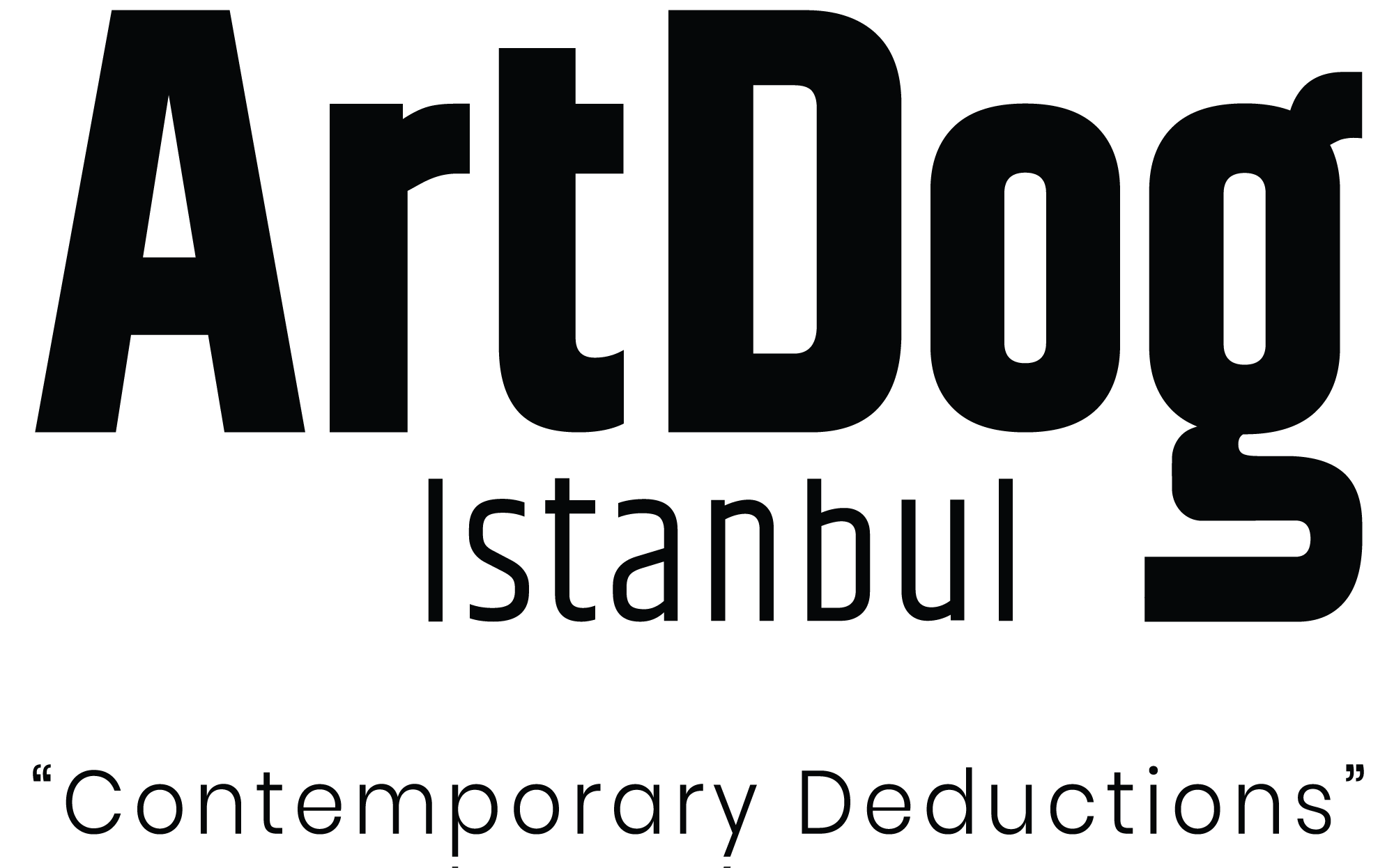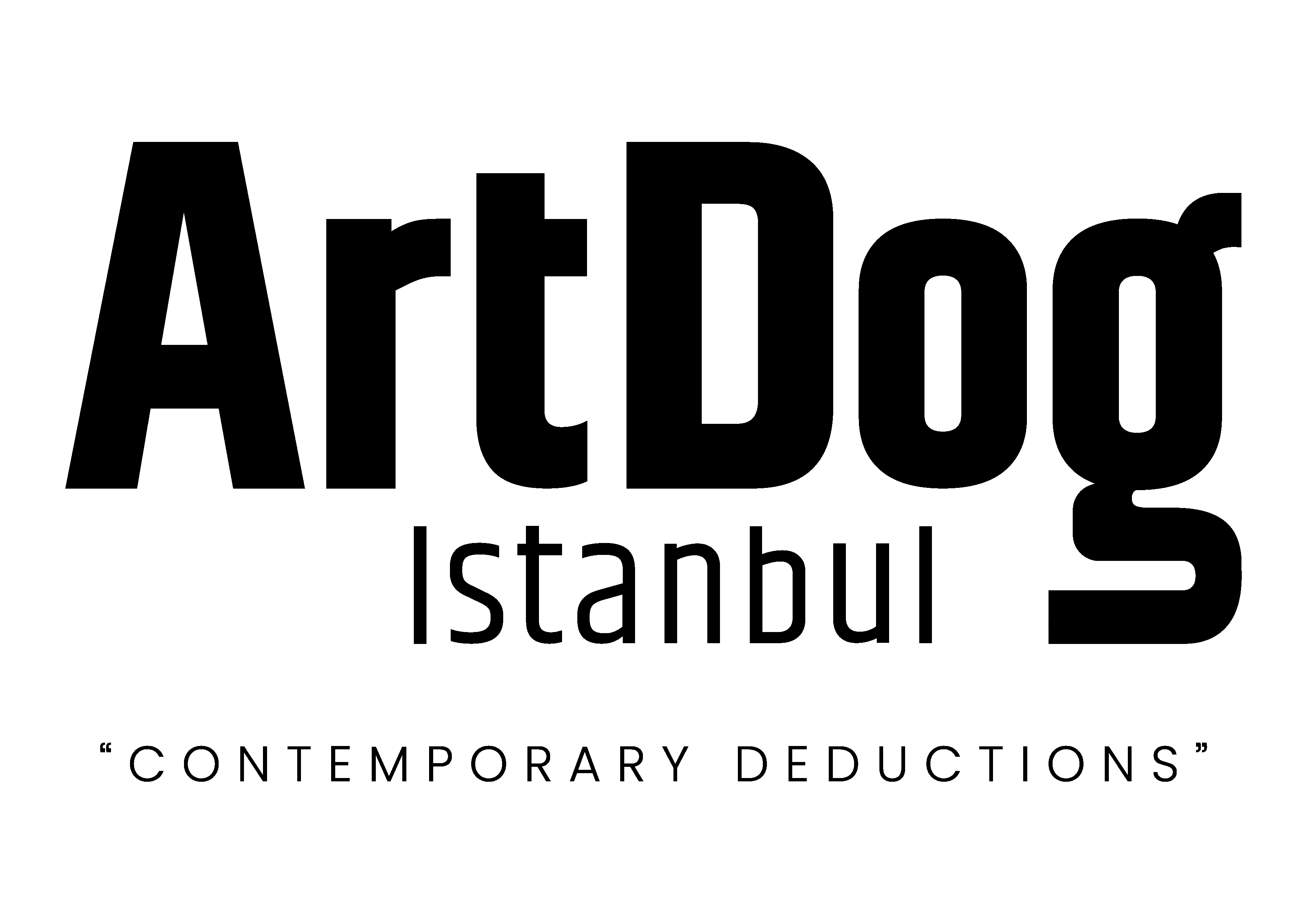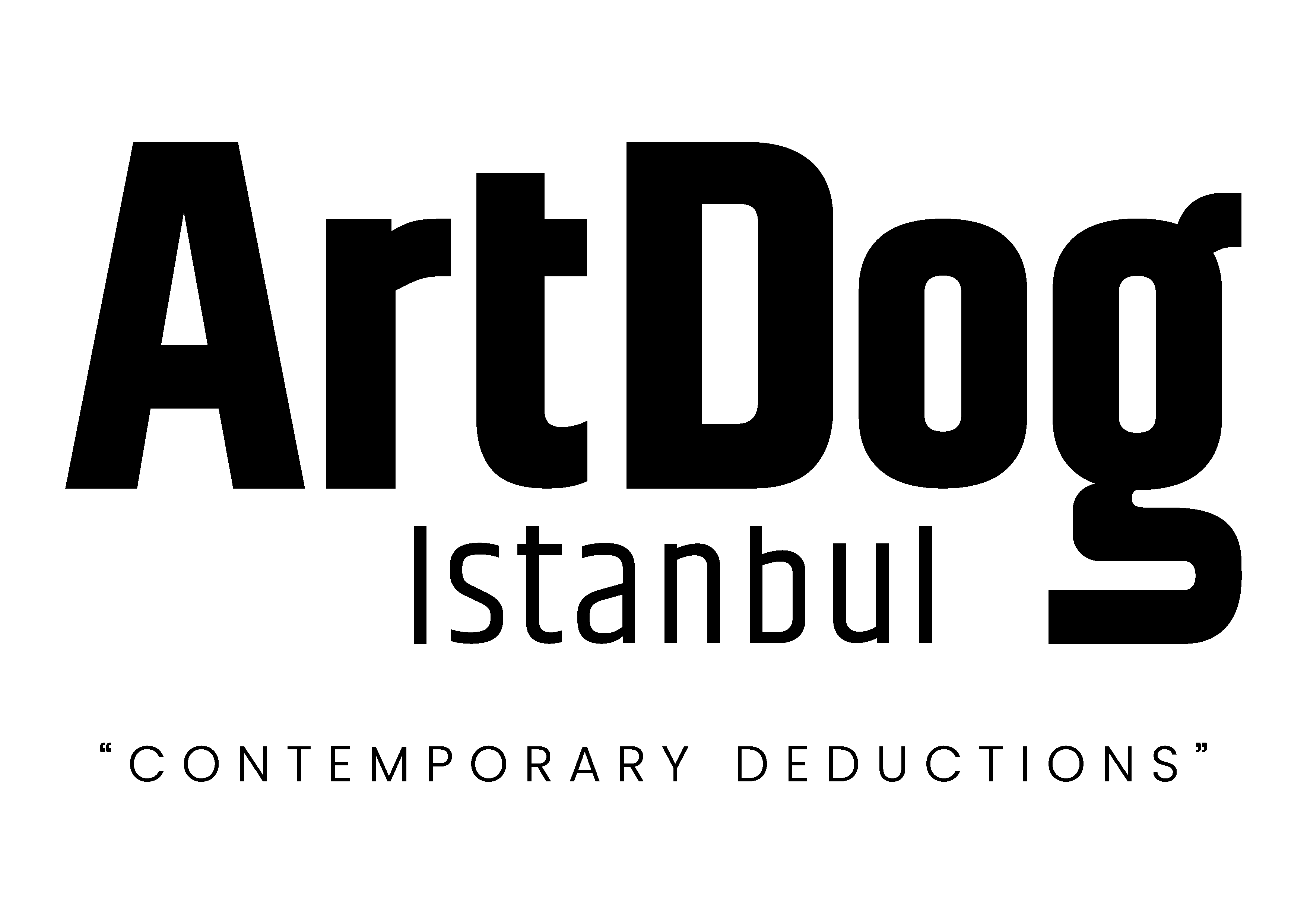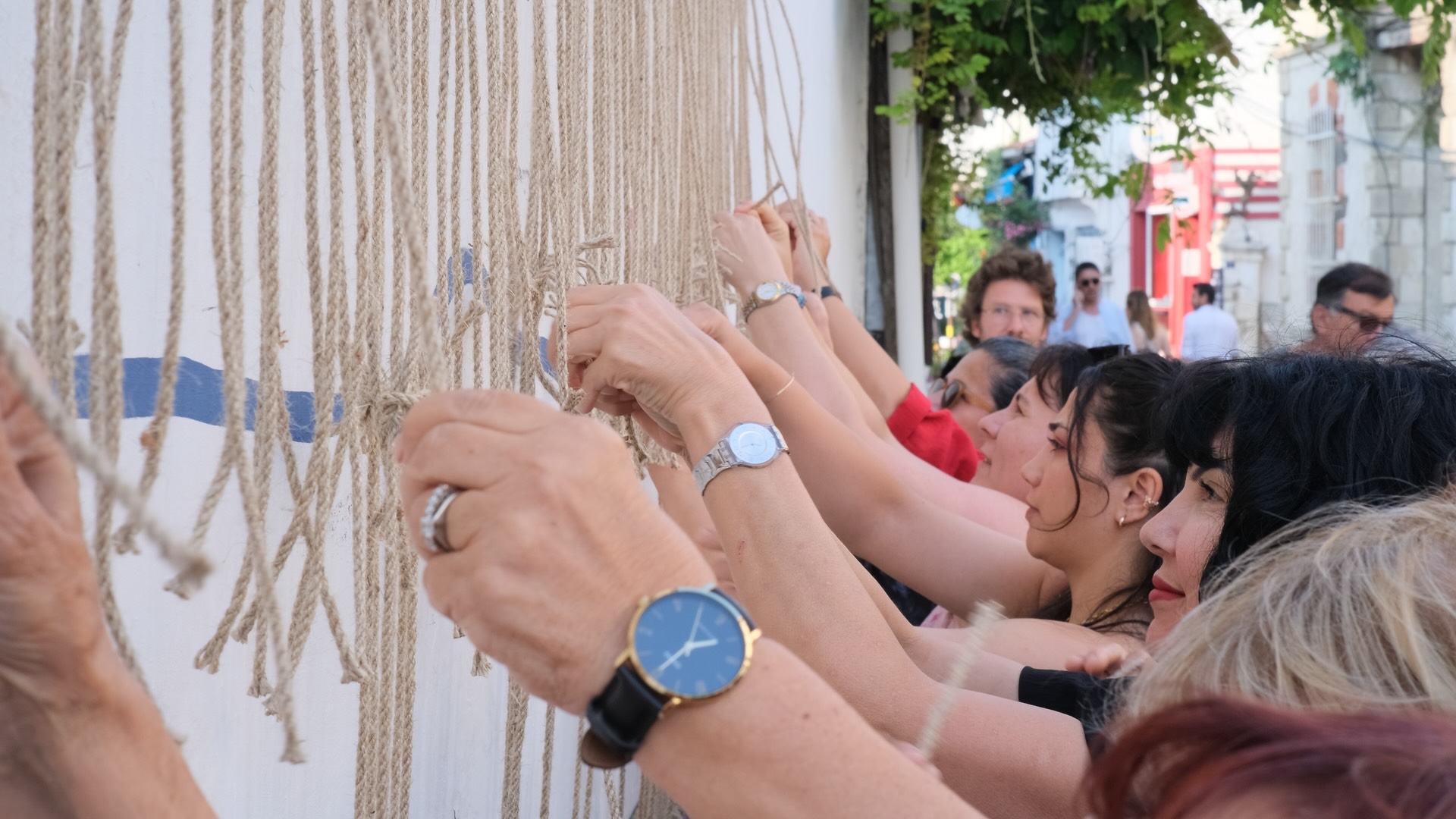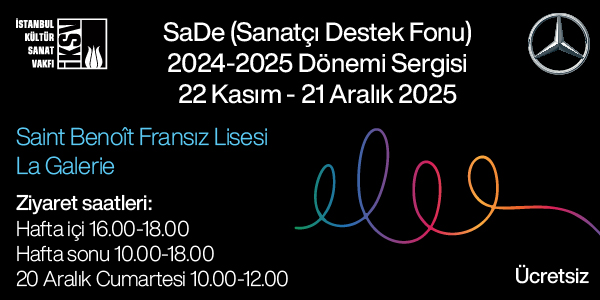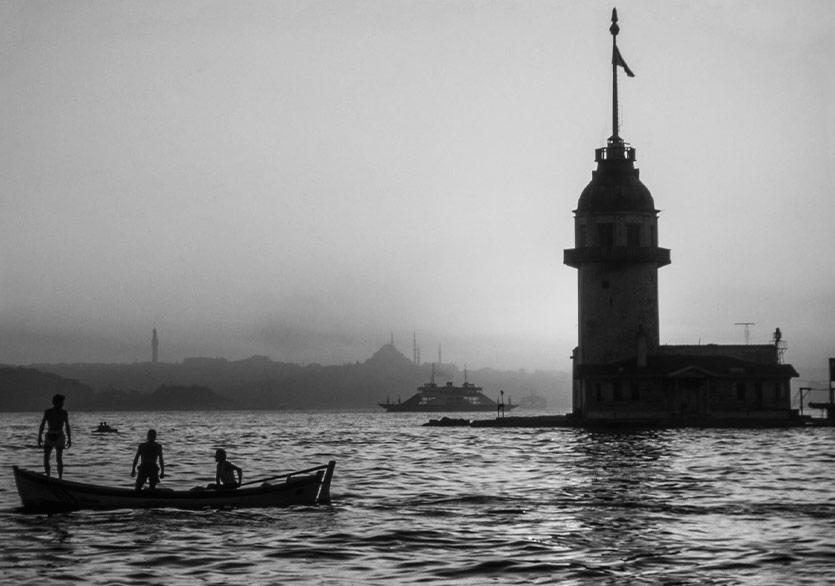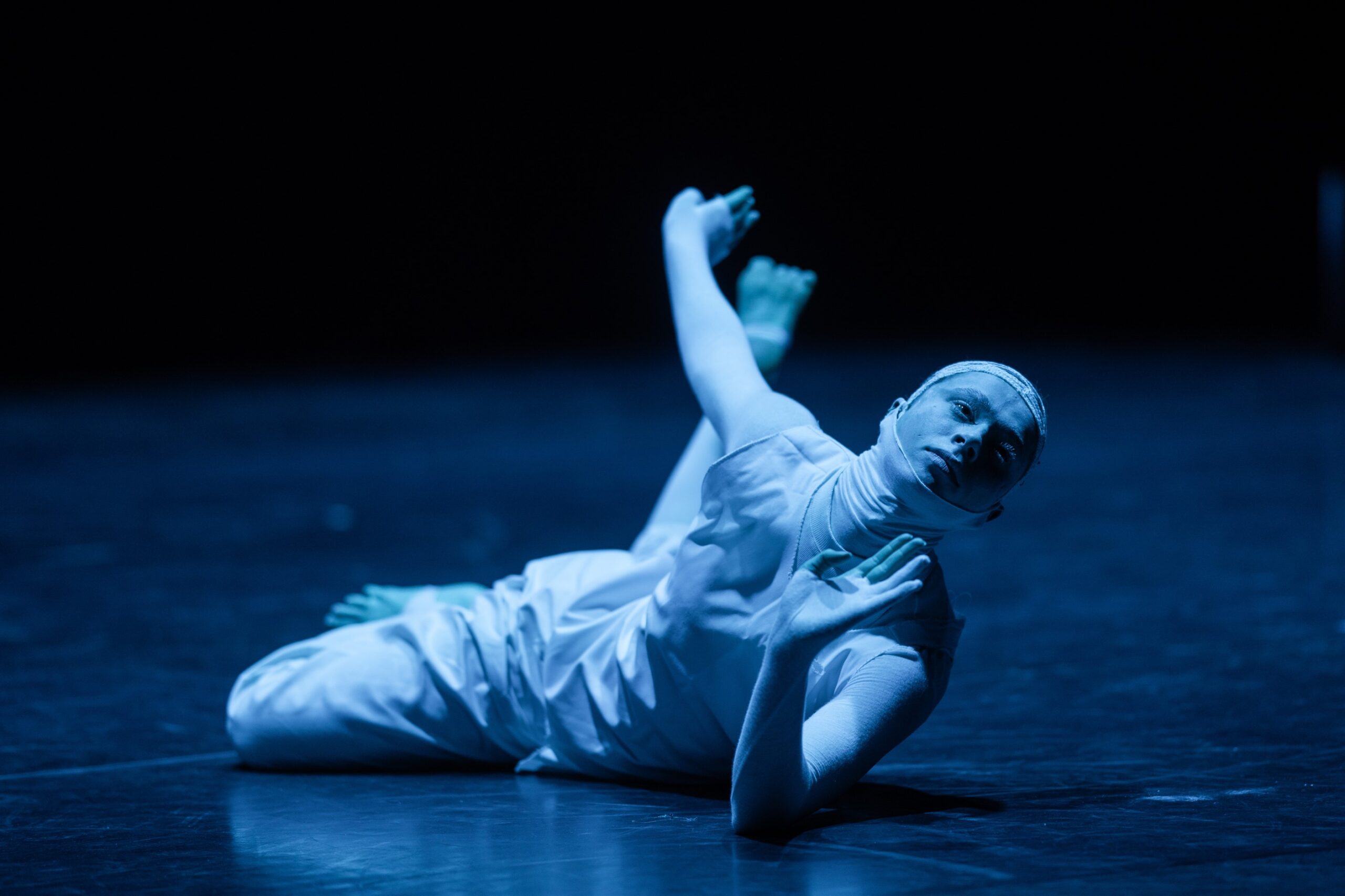Bozcaada Gathering offers an emergent festival ecosystem that goes beyond fixed schedules, transforming its participants into the subjects of a collective experience. The island turns into a space for improvisation, encounters, and sharing in every corner. Even if you glance at the booklet to plan your day, you quickly realize that this festival cannot be planned. The island promises a new encounter, an unexpected act of creation, and a shared experience at every turn.
A workshop starting between two streets, an installation suddenly appearing along a walking path, long conversations at an endless “Vine Table” shared with nearly everyone on the island… Uncertainty here doesn’t cause insecurity; on the contrary, it draws you into a space of excitement and curiosity. The island transforms into a collective stage—a space shaped by everyone’s presence.
An Emergent Collective Experience
In this sense, Bozcaada Gathering recalls the Dionysian festivals of Ancient Greece. At the same time, it resonates with the concept of “emergence” in complex systems theory: structures that arise spontaneously from the interaction of elements without a predetermined plan—unpredictable yet self-organizing over time. In those ancient festivities, people would set aside their everyday roles and undergo a collective transformation through ritual and improvisation. Something similar happens here: participants are not mere spectators but active subjects who co-create the experience with their presence, words, or even their silence. Moments of equality, reminiscent of Victor Turner’s concept of communitas, reappear in every corner of the island.
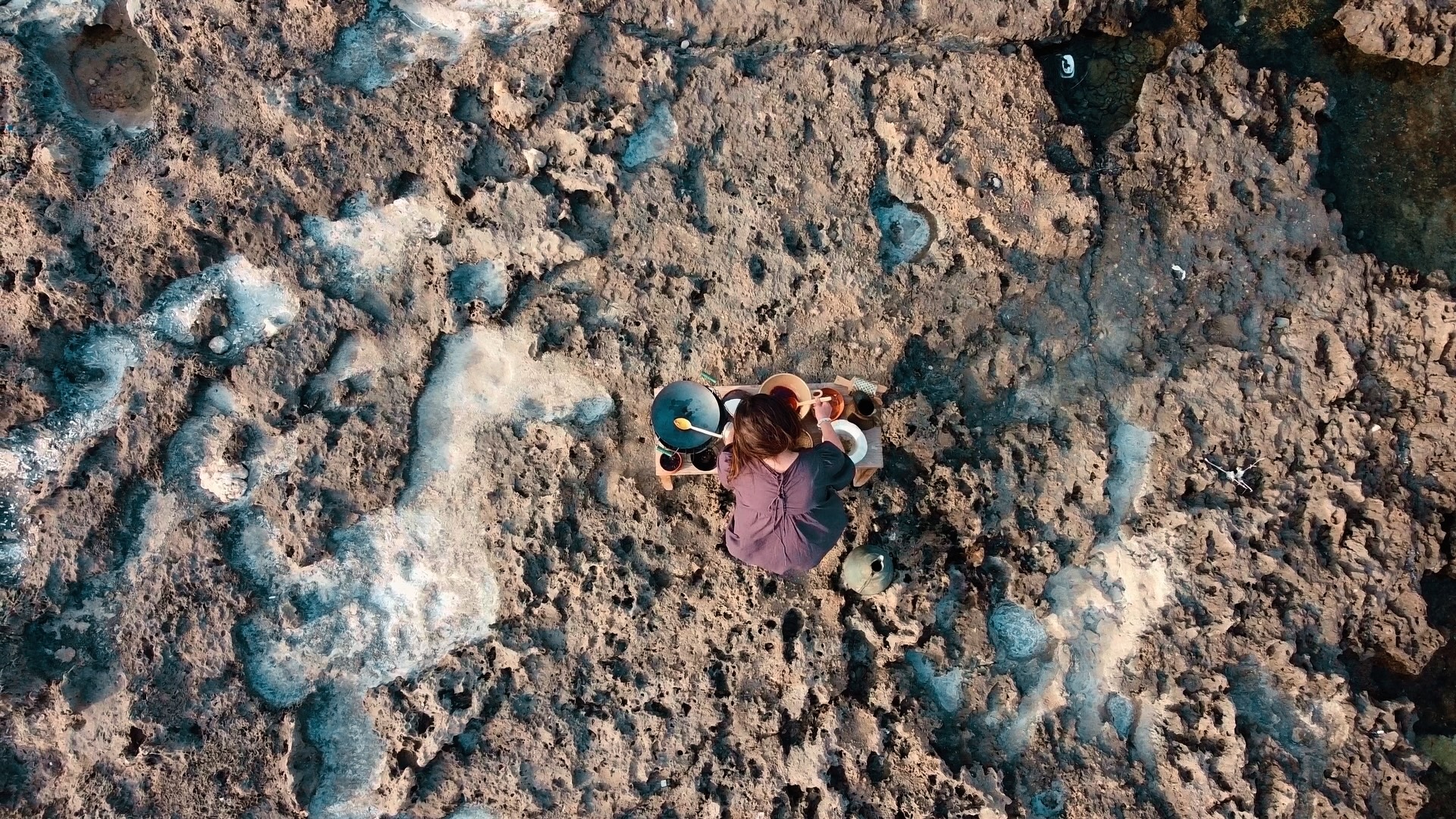
In traditional festivals, the time, the speaker, the stage, and the location of each event are set in advance. Bozcaada Gathering, however, operates in a different register, with an overarching spirit of improvisation. Exhibitions, performances, workshops sprouting by the vineyards, installations encountered mid-walk—each carried an unpredictable yet inviting potential.
Here, the notion of emergence is particularly illuminating. In complex systems theory, the whole is greater than the sum of its parts; interactions give rise to new and unforeseen qualities. As Manuel DeLanda’s Assemblage Theory suggests, social structures do not emerge from a fixed center but from the simultaneous interactions of many actors. In this sense, Bozcaada Gathering can be read as a social assemblage shaped spontaneously through the collective engagement of its participants.
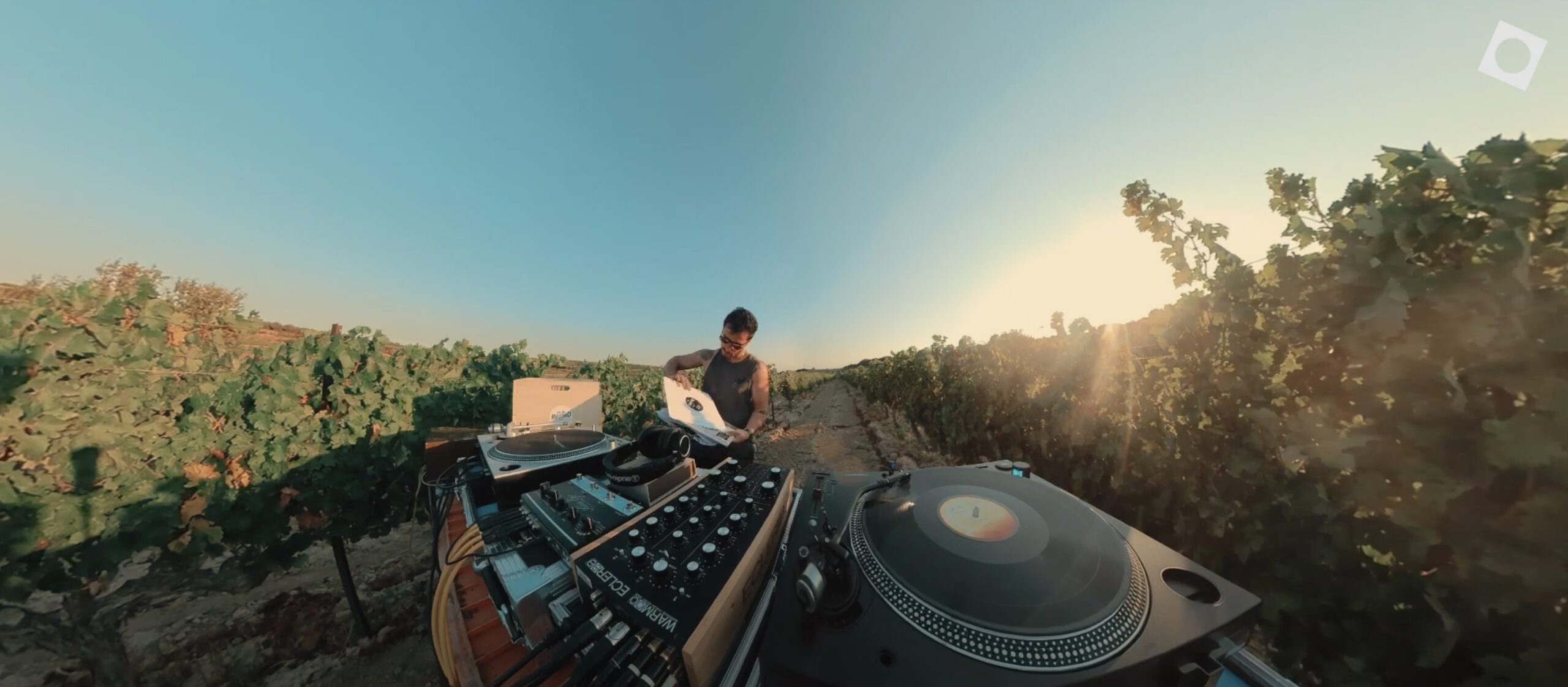
Most modern festivals reduce the experience to a consumable commodity, turning the attendee into a customer who expects a return on their ticket purchase. This is precisely where Theodor Adorno’s concept of the culture industry appears: experience ceases to be a space of liberation and becomes trapped in a repetitive cycle of consumption. The false brightness described by Guy Debord in The Society of the Spectacle is felt in those moments when living is replaced by display.
Bozcaada Gathering, however, flips this order on its head. In place of spectacle, it offers encounter; in place of consumption, sharing. A walk that begins with casual conversation can suddenly turn into a collective workshop. Throughout the festival, this issue surfaced not only in observations but in conversations as well. In the session Music Studies: Thinking in a Festival State, the liberating aspects of Dionysian exuberance and the transformation of modern festivals within consumer society were discussed. While what I’m describing here doesn’t fully overlap with that discussion, it resonates with the questions it raised.
The Island as Curator
Another striking feature of Bozcaada Gathering was the absence of rigid curatorial lines. Instead of a fixed plan, the island, the time, and the participants curated together. The program thus became a living performance in itself.
Irit Rogoff’s approach to curating offers a useful framework here. Rogoff defines curating not merely as selecting content but as opening new spaces for thought and building processes collectively. Her concept of the “curatorial” emphasizes that an art event is not a finished product but an open-ended process. In this sense, Bozcaada Gathering transforms the audience from passive observers into partners in the process.
This approach also resonates with Oskar Hansen’s Open Form theory. Hansen argued that architecture and art are not about producing completed works, but about processes completed by the participant’s presence—processes rebuilt anew each time. On Bozcaada, an unplanned work finds meaning through the encounter itself; the act of gathering becomes the performance.
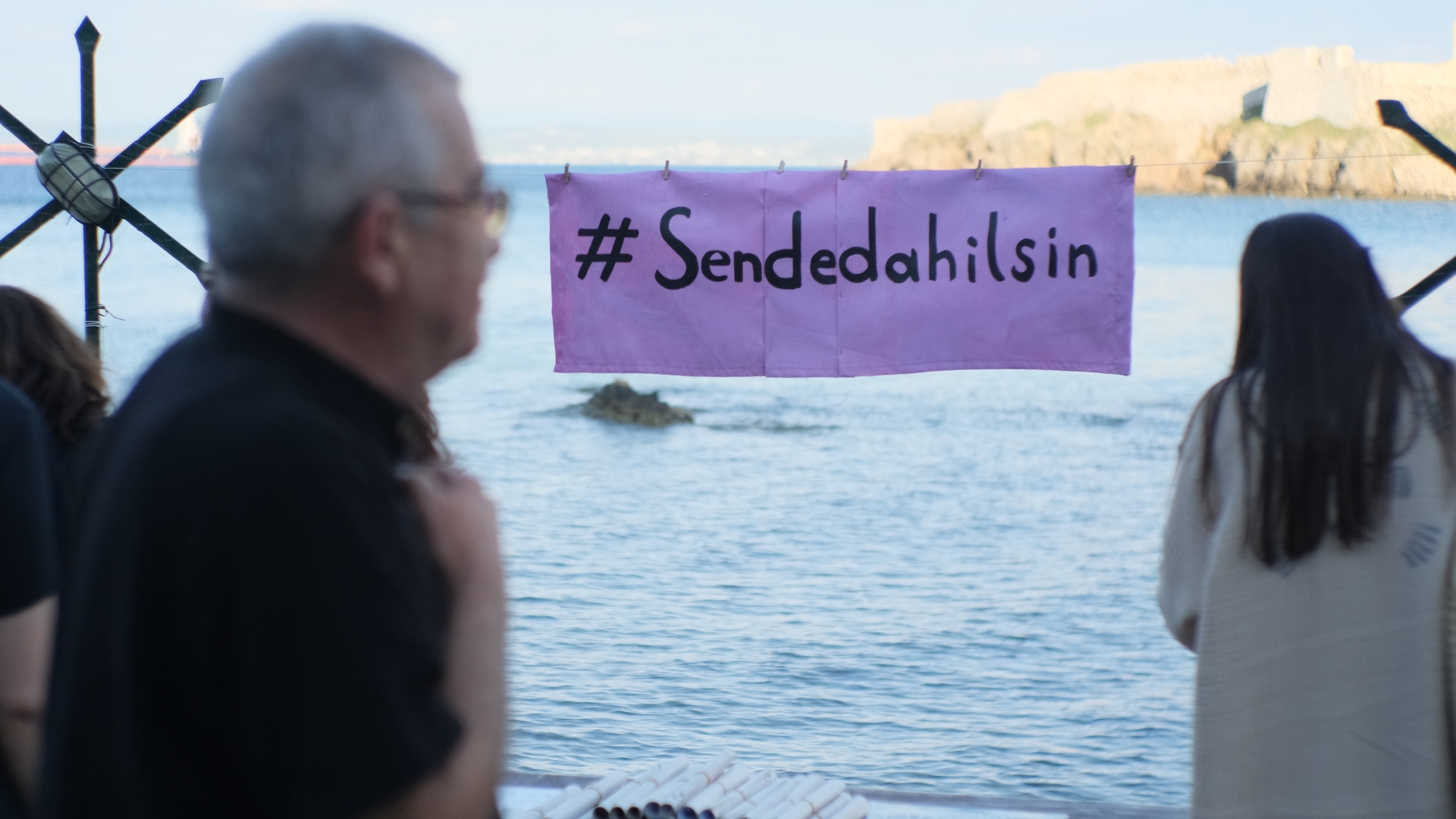
Underlying all of this was a different spirit of sharing. Bozcaada Gathering recalled ruangrupa’s lumbung practice. In Indonesia, lumbung—a communal rice barn where villagers store part of their harvest—is not merely a storage space; it is a practice of solidarity, shared prosperity, and long-term relationships. In documenta fifteen, ruangrupa brought this concept into the art field, proposing that cultural production should belong to the collective, not the individual. On Bozcaada, something similar was felt: knowledge, time, and space were opened to sharing, and everyone contributed in their own way. Local residents’ involvement was crucial—the opening of vineyards, tables, and venues was not only logistical support but a form of participation that shaped the festival’s spirit. The local community appeared not as spectators but as founding actors. Here, the curator was not a single person but the collective itself; circulation replaced hierarchy, co-formation replaced rigid planning.
Rethinking Impact: Process, Not Product
You cannot measure the impact here by numbers. It is not about how many attended but how many carried something within them that stayed and transformed. These effects cannot always be measured, but they can be felt. And this felt impact is not accidental—it can also be read as the result of a long-term research process. Bozcaada Gathering was a space of exploration carried out through music research, performance research, and collective practices—making the festival less a show and more a process where research and production intertwined.
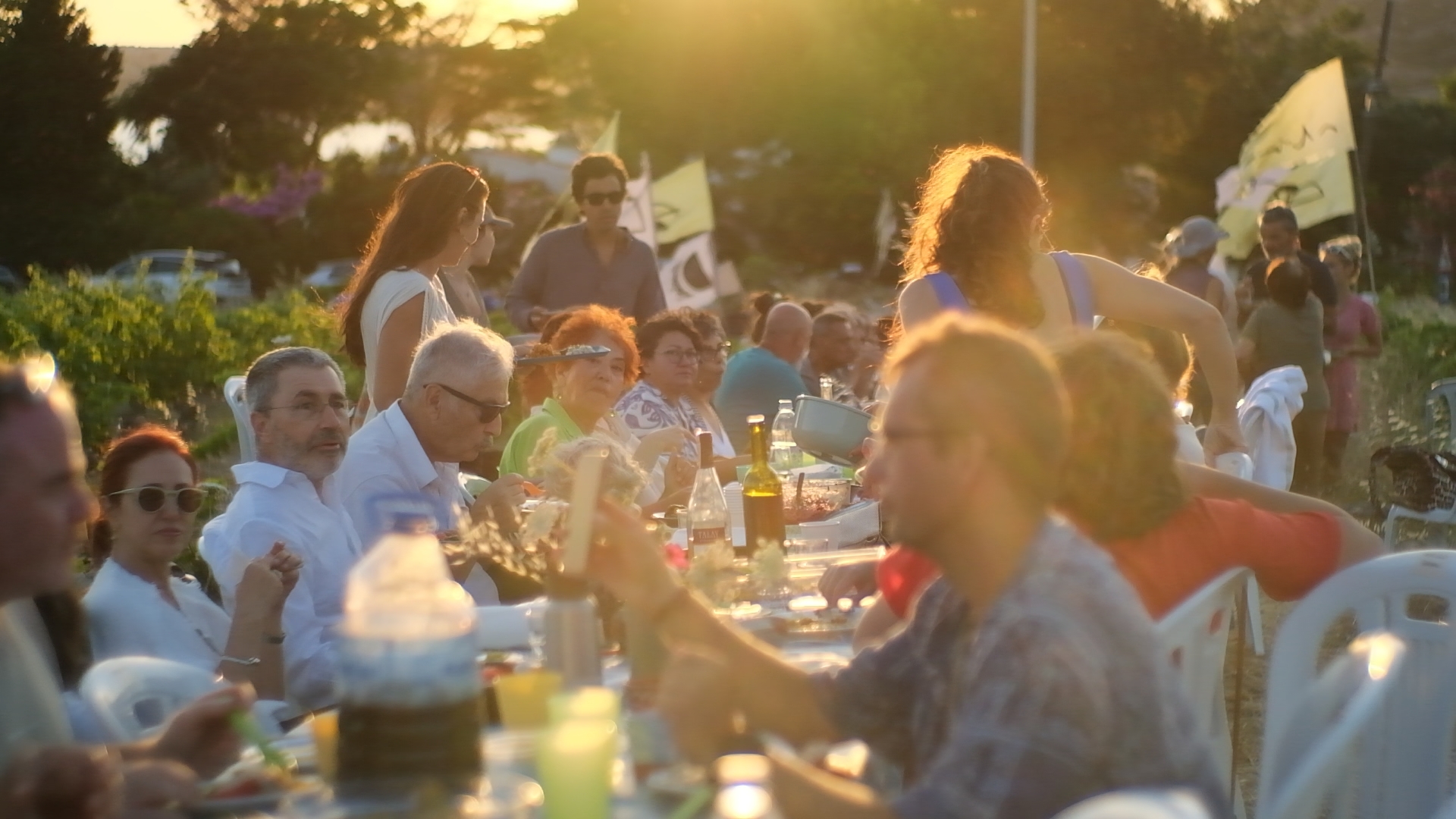
This perspective overlaps with the new-generation tools developed in recent years in the cultural field. For instance, Create Ireland’s Cultural Impact Toolkit (2021) emphasizes that impact should be assessed not only through quantitative indicators but also through qualitative, emotional, and memory-based effects. At Bozcaada Gathering, impact revealed itself not when the festival ended but days or weeks later—through a memory, a creation, or a collaboration that resurfaced in your mind.
In the end, I ask myself: can cultural events truly cease to be spectacles and become spaces of encounter? Even after leaving Bozcaada, this question still resonates within me. Perhaps the answer lies in the experience offered by this emergent structure: becoming rather than planning, encounter rather than spectacle, flow rather than fixity… and, among all of this, a renewed state of being together.
References
Adorno, Theodor W. & Horkheimer, Max. Dialectic of Enlightenment. 1944.
Create Ireland. Cultural Impact Toolkit. Dublin, 2021.
Debord, Guy. La Société du spectacle. Paris: Buchet-Chastel, 1967.
DeLanda, Manuel. A New Philosophy of Society: Assemblage Theory and Social Complexity. London: Continuum, 2006.
Hansen, Oskar. Open Form in Architecture – The Art of the Great Number. Warsaw: Arkady, 1959.
Rogoff, Irit. “Turning,” in: Curating/Curatorial. 2008.
ruangrupa. Lumbung: documenta fifteen. Kassel: documenta und Museum Fridericianum gGmbH, 2022.
Turner, Victor. The Ritual Process: Structure and Anti-Structure. Chicago: Aldine Publishing, 1969.

